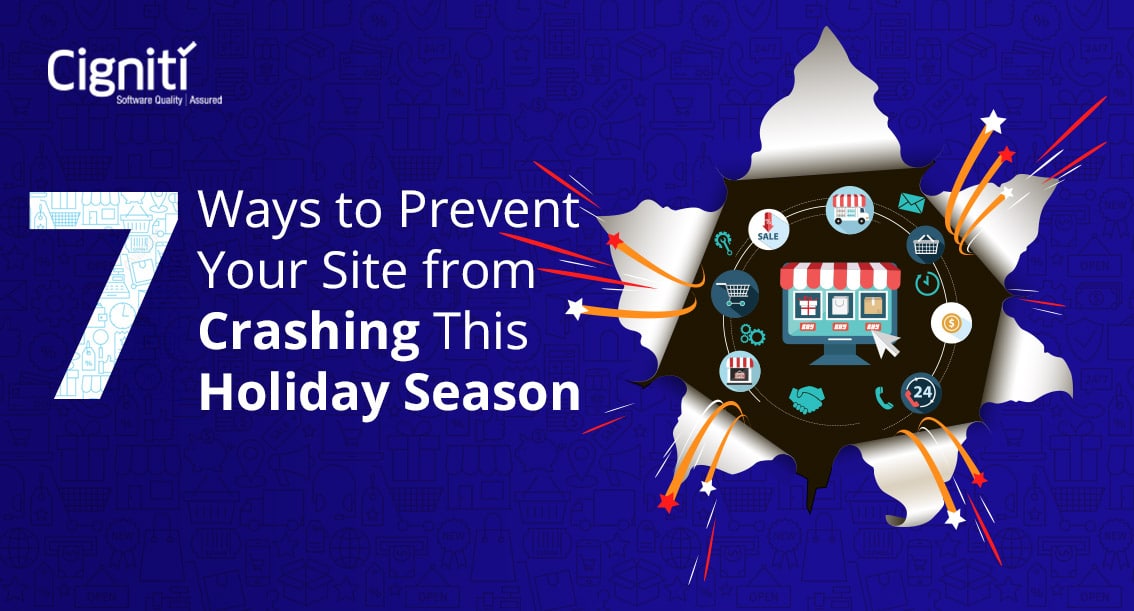7 New Technologies in Banking that Mandate Performance Testing
|
Listen on the go!
|
A recent report by Ernst & Young titled ‘Global banking outlook 2016 Transforming talent, the banker of the future’ puts across some interesting findings that hold absolute relevance. It particularly highlights the urgency for transformation and reinvention in the banking sector, particularly in this era of low growth.
Interestingly, Technology revolution/transformation is an important aspect discussed in the report.
In terms of workforce predictions, it states that the millennials (born 1981-2000) will dominate the workforce by 2025. They will be mobile, tech savvy, and entrepreneurial. With a view to weigh investments in technology and people effectively, banks should look at three areas, automation of roles, augment individual roles, and develop new skill-sets.
Over the years technology has been viewed as a major game changer for the Banking and finance industry. Online banking, bill payments and related transactions have become a way of life. With digital technologies influencing every aspect of consumer routine, it has indisputably brought a fresh wave of change and innovation in the financial domain.
Digital technologies like mobile, wearables, analytics and telepresence are transforming the overall consumer behaviour and establishing a new phase for retail as well as corporate banking. Two important ground rules that govern the sector are – Security and Consumer experience.
With Cyber Security concerns rising each day, every technology needs to be evaluated for offering secure interface and being resistant against any probable market risks. At the same time Performance is key, as it will determine consumer satisfaction and experience.
Speaking of Online Banking, Gartner states that “one of the most important reasons the market for digital banking solutions has opened up is that most legacy vendors that offer bank channel applications for both consumer and business customers have been slow to react to new customer requirements and demands of digital banking.”
Saying so, the predictions establish that while secure interface ranks high, desired consumer experience is key to profitability and success for the sector. This has opened up the sector with opportunities for Financial Technology start-ups.
Digital banking platforms comprise a range of services/add-ons, namely, financial management, bill payments, marketing, analytics, and customer relationship management. Gartner perceives open unified digital banking platforms as an emerging technology, when most of solutions pertaining to niche banking system have been existing for a sufficient time frame.
With empowerment, Technology brings tremendous challenges for the banking sector. The challenges be tackled with the right approach towards the emerging technology trends. The key is to bring its relevance for the sector.
Let’s check out the top 5 game changing technologies for the Banking sector that are sure to bring about transformation. At the same time, how the sector can confirm its relevance and ensure seamless adoption for the customers.
- Biometrics:
Security is the core of every financial transaction. Mastercard is coming up with a new contactless card with an embedded fingerprint sensor. This establishes the growing security concerns in the sector and also considering the recent breaches.
Banks are coming up with mechanism to spike up the requirement of security features, namely, voice and touch. For instance, Barclays raised security guards in 2014 by offering fingervein scanning for authentication of major transactions.
- In-car applications:
Can you imagine having a voice-based bank transaction via a banking application? Yes, Spain’s CaixBank offers the first ever mobile banking application that can be accessed while driving by using voice control functionality. The applications uses Ford’s SYNC with AppLink system and enables the driver to check account balance and do some basic transactions.
- Smartwatches/Wearables:
Wearables is the New Black. The relevance of Wearable Technology is growing across sectors. Smart watches, fitness bands, wearable fashion, and much more is creating ripples in the consumer technology space. Banking is no different and is bound to get influenced by this new wave.
- Facial Recognition:
Online Banking or any form of banking that is done virtually works with authentication. Banking industry has been experimenting with various ways of authentication to ensure security and desired experience.
Facial recognition could be the safest and the most convenient way to ensure authentication. Chinese ecommerce giant Alibaba believes in authentication with a ‘smile’. Its facial recognition system has devised ‘smile to pay’ option for its users.
- Google’s Smart Glasses:
Google’s smart glasses can be the wittiest option to consider when it comes to tracking your bank, nearest branch, emergency phone number, etc. Spain’s innovative Caixa Bank has already developed a Google Glass app.
- Robotics:
Robotics is another instance of automation for the banking sector, specifically at the branch servicing level. Customers visiting Japan’s Bank of Tokyo are being greeted by a 58 cm – tall robot. Facial authentication being the key to ensure security and customer service.
- Video Banking:
While Video banking is confined to banks like Barclays, the US bank is testing Oculus Rift VR handsets to provide customers virtual entry into the branches.
Virtual Reality is the next big thing that is transforming various domains, from gaming to manufacturing. Banking sector can definitely leverage VR to ensure enhanced consumer experience.
These technologies and many more are absolutely overwhelming for the Banking sector. Nevertheless, it is absolutely important to ensure performance while implementing these features within a sector that is so sensitive and works on stringent Federal guidelines.
Performance testing enables you to determine the speed and efficiency of a system/application/software program. The testing process involves quantitative tests, namely, evaluating the response time, the application’s reflexes and the overall functions that the application/software is supposed to perform.
When it comes to adoption of new technologies, Performance testing holds tremendous benefits. It helps answer some key questions.
- Speed: Is the application/device responding adequately and as expected?
- Scalability: Is the application/device able to handle a larger load of users at a given point of time?
- Consistency: Is the application/device showing consistent results with varying factors namely, user ratio, bandwidth, etc.
- Resilience: How robust is the application when it comes to operating with market risks?
Load Testing and Stress Testing absolutely work wonders while building an application that is market-ready and can take on market risks as well.
Load Testing involves end-to-end performance testing under expected production load. The key objective of the tests is to gauge the response time for critical actions/transactions or business processes. These tests further assess the capability of the application to operate accurately under expected or unexpected load, avoiding any outage/downtime errors.
Stress Testing estimates the load under which a system might collapse or fail to perform. It doesn’t necessarily simulate expected load. It identifies the expected point of failure, where system failures can happen.
There are different types of Stress Tests that ensure that there are no catastrophic failures that lead to major financial losses. Stress Test is one of the most essential load and performance tests that can build a market-ready application.
While the benefits of Performance Testing hold true, experts recommend to incorporate testing way ahead in the development cycle. This approach not only brings down the testing effort, but also ensures quality@speed.
Analysts and market research firms have predicted that the banking industry will be run by robots in the next 10 years. These robots will develop humanlike, inventive problem-solving methods to resolve complex tasks.
Now you can imagine what Performance Testing can achieve in all possible contexts!
Cigniti Technologies takes precedence in working with innovative and acclaimed enterprises to build a robust QA set-up and test some absolutely inventive applications/devices. Our performance testing capabilities cover performance engineering, comprising capacity planning, baseline test, load, stress, endurance and benchmarking against competitors, production monitoring and consulting.
Connect with us to effectively test the new and emerging technologies not just for the Banking sector, but for any business domain.





Comment (1)
Good one! Performance testing checks the performance and behavior of the application under certain conditions such as heavy user load, peak usage times, low battery, bad network coverage low available memory, simultaneous access to application’s server by several users and more.
Cheers Jack!